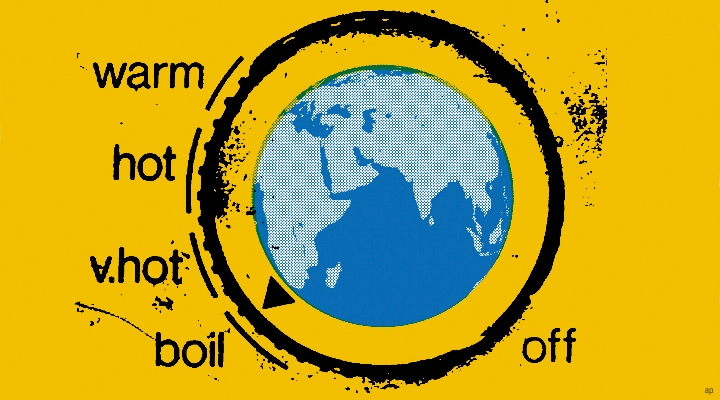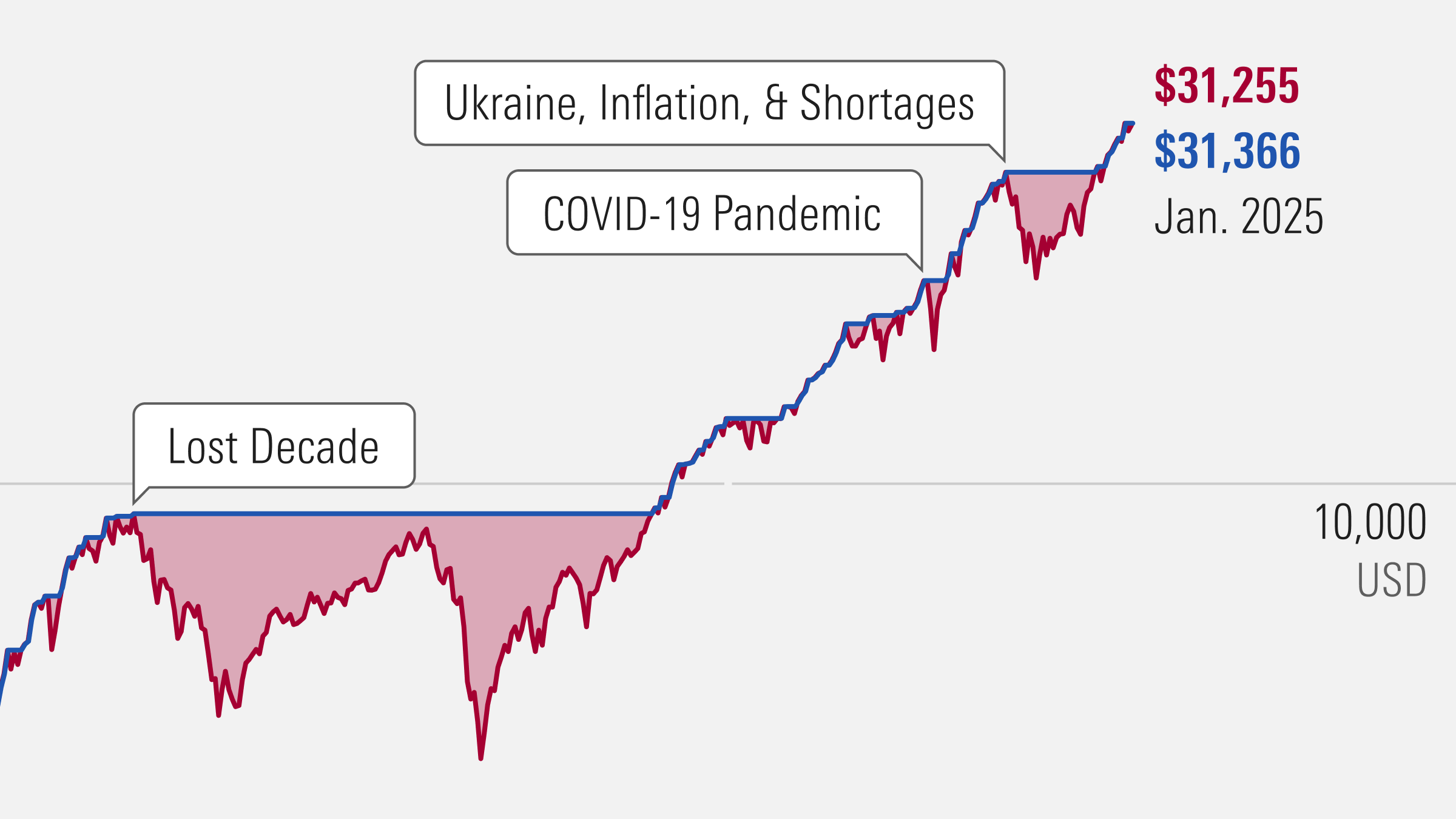
You may be running into the term "net zero" as you scroll through the investing news or read about your funds. Indeed, net zero is getting increasing amounts of attention from companies, investors, customers, and policymakers.
Recently, for example, activist shareholders are asking mega financial institutions like JPMorgan Chase JPM, Goldman Sachs GS, and Morgan Stanley MS to disclose how they plan to achieve their net-zero targets. In 2022, mighty Vanguard decided to quit a net-zero organization, partly because the firm felt it created confusion for its customers.
The confusing world of climate change is rife with jargon. Just as the coronavirus pandemic introduced arcane terms like “personal protective equipment,” “PCR,” and “flattening the curve” into the lexicon, climate change has its own terms that will grow familiar.
The 2050 Deadline
Net zero is shorthand for "net-zero greenhouse gas emissions by 2050," with a 45% reduction in emissions by 2030. The rise of carbon dioxide and other greenhouse gas emissions has caused global warming. Global warming is a major threat to the financial system, posing risks for companies and all manner of investments.
World leaders aim to limit global warming to well below 2.0 degrees celsius and preferably at 1.5 degrees celsius compared with preindustrial levels, as negotiated in the 2015 Paris Climate Agreement. That would involve adopting goals to hit net-zero emissions by 2050.
It would mean there’s a balance between the greenhouse gases put into the atmosphere and those taken out. That would involve replacing coal, gas, and oil-fired power with renewable energy sources like wind or solar and capturing carbon and other greenhouse gases to compensate for remaining emissions. Each net-zero target comes with a pathway to achieving it. A number of industry groups have committed to achieving net zero, including some for banks and asset managers.
To be sure, there are plenty of pitfalls.
"Be wary of company commitments, they don’t guarantee success or action," says Adam Fleck, director of ESG equity research for Morningstar.
That’s because many CEOs are late in their careers and commit to net zero, say, 27 years in the future. Since companies have made such a wide range of long-term and interim commitments, Fleck says, it’s important for investors to understand what net zero means.
What it Means for Investors
It’s also important to know how the risks of emissions rise with the increasing focus on net zero and related regulations, carbon pricing, trade systems, and employee retention.
"Investors paying attention is key," Fleck says.
Morningstar’s director of sustainability research Jon Hale says corporate commitments to net zero "are going to become increasingly important to investors who would like to see companies doing their part to address climate change."
Hale expects net-zero to become "an increasingly important criterion for sustainable funds. It’s a pretty tangible thing for investors – so long as you know what net-zero means.
Here is some other climate jargon you might run into:
1) "Scope 3 emissions"
Scope 3 emissions are those emissions that a company is indirectly responsible for up and down its chain of operations.
For example, the emissions produced when we use and dispose of a product are the scope 3 emissions of the supplier. Another example is the emissions produced by employees commuting to the office.
Scope 1 encompasses a company’s direct emissions, such as those from a trucking company’s vehicles. Scope 2 emissions are those that a company indirectly causes by purchasing energy to use. Scope 3 accounts for the majority of corporate emissions, but they are difficult to measure.
2) "Science-based targets"
These are targets that companies adopt in line with the Paris Agreement’s goal of keeping global warming below 2.0 degrees Celsius – ideally, 1.5 degrees Celsius – compared with preindustrial temperatures. The targets, created by the Science Based Targets Network, provide companies with a clearly defined path to reduce emissions in line with the Paris Agreement.
3) "Carbon offsets"
This is an action taken by an emitter to compensate for its emissions. One kind of carbon offset is planting trees, which remove carbon dioxide through photosynthesis, to cancel the impact of emissions created by taking a flight. Another kind is a tradable certificate that is linked to activities that lower the amount of carbon dioxide in the atmosphere.
Increasingly, policy will align with the net-zero goal, and policymakers will hold entities of all types accountable. "In the investing world, this will have an impact on values of stocks, which is directly going to affect investors," Fleck says.











:quality(80)/cloudfront-us-east-1.images.arcpublishing.com/morningstar/6BCTH5O2DVGYHBA4UDPCFNXA7M.png)

















